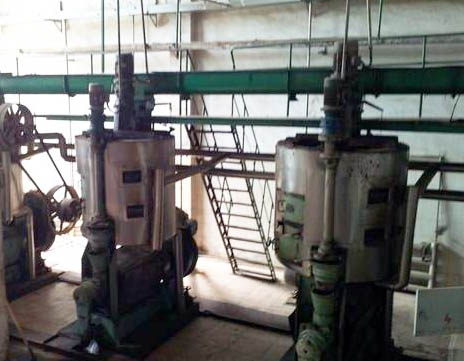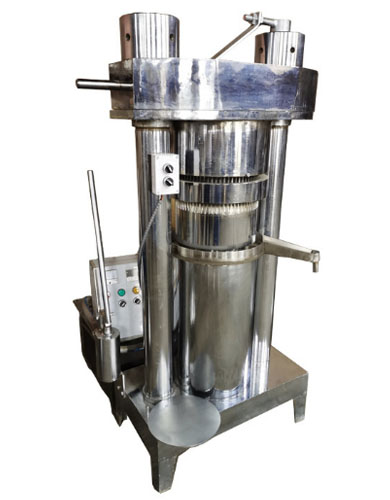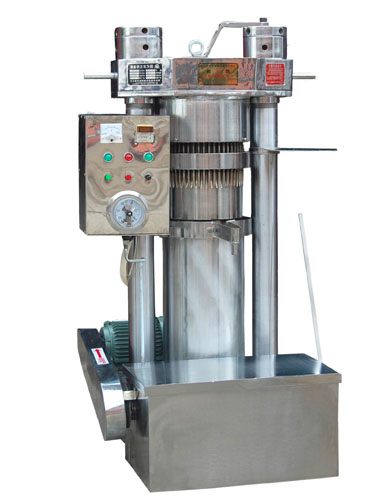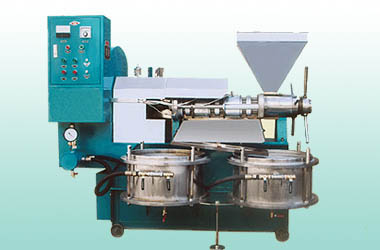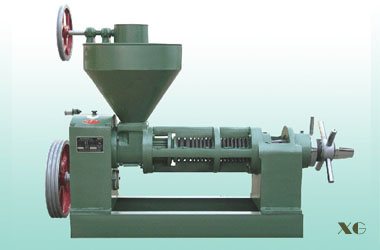The technology of vegetable oil extraction
Vegetable oil extraction has been a traditional method for extracting oil by pressing. Over time, new technology has been developed leading to the creation of three types of oil extraction methods. These include manpower press, hydraulic press, and screw oil press. Of these, the screw oil press is the most widely used today, while the hydraulic oil press is still in use.
The screw oil press is an advanced continuous oil extraction equipment that has gained popularity both domestically and internationally in recent years. When compared to manpower press, hydraulic oil press, and other equipment, the screw oil press has several advantages such as large processing capacity, continuous production, low labor intensity, and high yield efficiency. It is suitable for oil plants of various kinds such as rapeseed, soybean, cottonseed, rice bran, and especially for those that need to maintain their original natural flavors or some characteristics such as tea seed, sesame, cocoa beans, castor bean, and others.
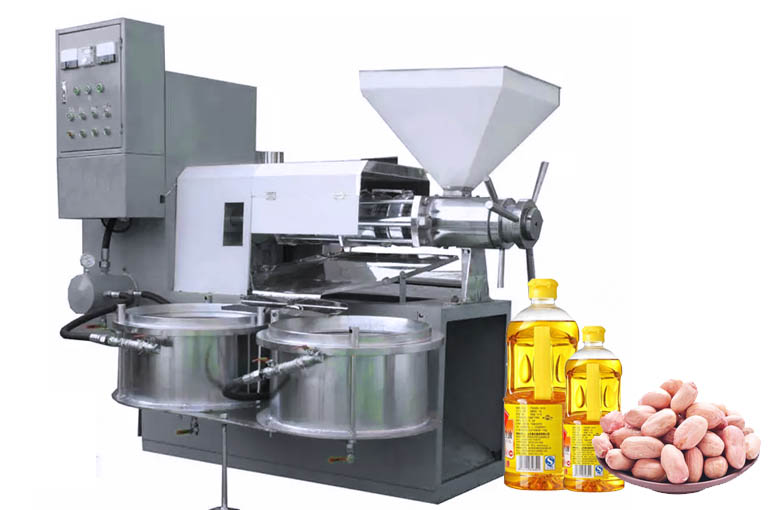
Characteristics of vegetable oil extraction by pressing:
Simple process, less supporting equipment, well-adapted to oil variety, flexible production, good oil quality, light color and pure flavor. However, the amount of residual oil in the cake is higher after pressing with low oil efficiency, large power consumption and the parts wear easily.
First, oil extracting equipment.
Currently, there are mainly two types of pressing equipment: the intermittent hydraulic oil press and continuous screw oil press. Wide varieties of oil plants require the pressing equipment to satisfy various requirements in the structure design as much as possible. At the same time, the oil extraction equipment should have large production capacity, high efficiency, convenient operation and maintenance, multi-usage, less power consumption, etc.
1. Hydraulic oil press
Hydraulic oil press is a kind of intermittent pressing device that makes use of the liquid to transmit the pressure to press the material in the cake ring. It has simple structure, convenient operation, low power consumption, oil cake of good quality and can process a variety of materials. Thus, the hydraulic oil press is suitable for small oil plants with various and small quantity materials in small regions for small amount oil processing. But its labor intensity is higher with strict craft condition. Thus, it has been replaced by continuous pressing equipment gradually.
2. Screw oil press
Screw oil press is an advanced continuous oil pressing machine widely adopted internationally. Its working principle is that the material is pushed forward continuously by the rotating screw axis in the pressing chamber. At the same time, due to the shorten spiral lead of material or increase of root diameter, the space volume of pressing chamber is continuously reducing to press the material and extract the oil content of the material. The oil flows out from the crack in the press cage. At the same time, the residues are pressed into cakes and discharged from the end of the pressing shaft.
Characteristics of screw oil press: continuous production, large capacity, low labor intensity, high efficiency, thin cake and easy crushing, comprehensive utilization, so its application is very extensive.
Second, the basic principle of vegetable oil extraction by pressing
1. Pressing process
In the process of pressing, the particles of flakes are subjected to strong pressure that the liquid part of oil and the gel of the non-fat material would have different changes respectively, namely the oil is pressed from the gap of pressed material and material particles would become hard cake by elastic deformation.
The separation process of oil from the pressed material: at the beginning of pressing, the deformation of particles occurs and combines in the individual contact point. The gap between particles is reduced and the oil begins to be extracted. At the main stage of pressing, the particles are further deformed and combine. The gap gets smaller and smaller and the oil is pressed out in large quantity. At the end of pressing, the particles combine completely, the cross section of the inner space is suddenly narrowed, the oil line is closed, and the oil is rarely pressed out. After relieving the pressure, the oil cake expands by elastic deformation and forms fine holes in it. Sometimes, there are thick cracks, which would absorb the oil not discharged.
Cake formation process: in the process of pressing, under the effect of pressure, flake particles are pressed with the discharging of oil constantly. The plastic deformation of a certain particle would be produced by direct contact of particles and mutual pressure, and forms an organic whole especially in the broken place of oil film. Then, the pressed material is no longer a loose body and begins to form a complete plastic body, which is called the cake. The forming of the cake is the prerequisite for the setting up of oil discharging pressure during the process of the oil pressing and the necessary condition of oil discharging.
The basic principle of vegetable oil extraction by pressing
In the process of pressing, pressure, viscosity and cake forming are the three elements of vegetable oil extraction by pressing. The pressure and viscosity are the main drivers and possible conditions determining the oil discharging of pressed material, and the cake forming is the necessary condition.
1, Oil discharging power. When the material is pressed, the gap between the material is compressed and the air is discharged that the density of flakes increases rapidly with the movement of extrusion, deformation and displacement. Thus, the outer surface of the material is closed, and the porous channel of inner surface shrinks rapidly. When the porous channel is small enough, the ordinary pressure fluid oil becomes the high-pressure oil. High pressure oil produces the flow of energy. In the flow, small oil droplets are gathered into large oil droplets, and even become the independent liquid phase in the gaps. When the pressure increases to a certain degree, high pressure oil opens the flow oil line and gets rid of the frictional resistance of protein molecules of pressed material and oil molecules, oil molecules and rushes out of the high pressure force field of pressed material and separate from plastic cakes.
The viscosity and power act as the function of temperature in the process of pressing. When pressing the material, mechanical energy is turned into heat energy, the material temperature rises, molecular motion intensifies, frictional resistance between the molecules reduces as well as the surface tension and oil viscosity, thus provides convenient for fast flowing and gathering of oil and separation from plastic cake.
2, Oil discharging depth. When the oil is extracted, the amount of oil remaining in the pressed material may reflect the depth of oil discharging. The lower the residual quantity, the deeper the discharging depth. The depth of oil discharging is related to the pressure size, the increase of pressure and the influence of viscosity.
In the pressing process, a certain amount of pressing pressure must be provided to make flakes extruded and deform in order to increase the density, discharge the air, narrow the gap and internal and external surface area. Large pressure would lead to large material deformation.
In the process of pressing, reasonable increase of pressure can obtain good oil discharging depth. The pressure increasing change should be small and the pressurizing time should be short. In this way, the gap between the material becomes smaller gradually, and the oil is gathered and flows in a sufficient amount of time and extracted out of the material that the depth of the oil discharging can be improved. The principle of “press light and often” is applied to the pressurizing design of all oil presses.
3, The necessary condition for the forming and oil extraction of cake is the forming of cake. If the plasticity of pressed material is low, the material would not deform or difficult to deform after compression that the cake can’t be formed and there is not enough oil discharge pressure. In addition, the outside surface of flakes cannot be closed, pore channels in the inner surface are not compressed and the density cannot be increased. Under this condition, the oil can not turn into continuous phase from the discontinuous phase, from small oil drop into large oil drop and normal pressure oil cannot be closed up into high pressure oil, also the flow of oil extraction power cannot be produced, let alone depth of oil discharging. Smooth forming of the cake is a necessary condition for oil discharging. Flakes are pressed into cakes that the pressure can be set up smoothly. Proper control of temperature and reduce of oil discharging resistance can improve the depth of oil discharging.
The forming of cake is related to the following factors: (1) appropriate moisture content, temperature and certain compressive deformation plasticity. When the compressive ability reduces to a reasonable value, the pressure effect can be given full play; (2) appropriate amount of slag and oil discharge; (3) The material should be enclosed in a container, forming the stress and the space field force of plasticity denatured.
